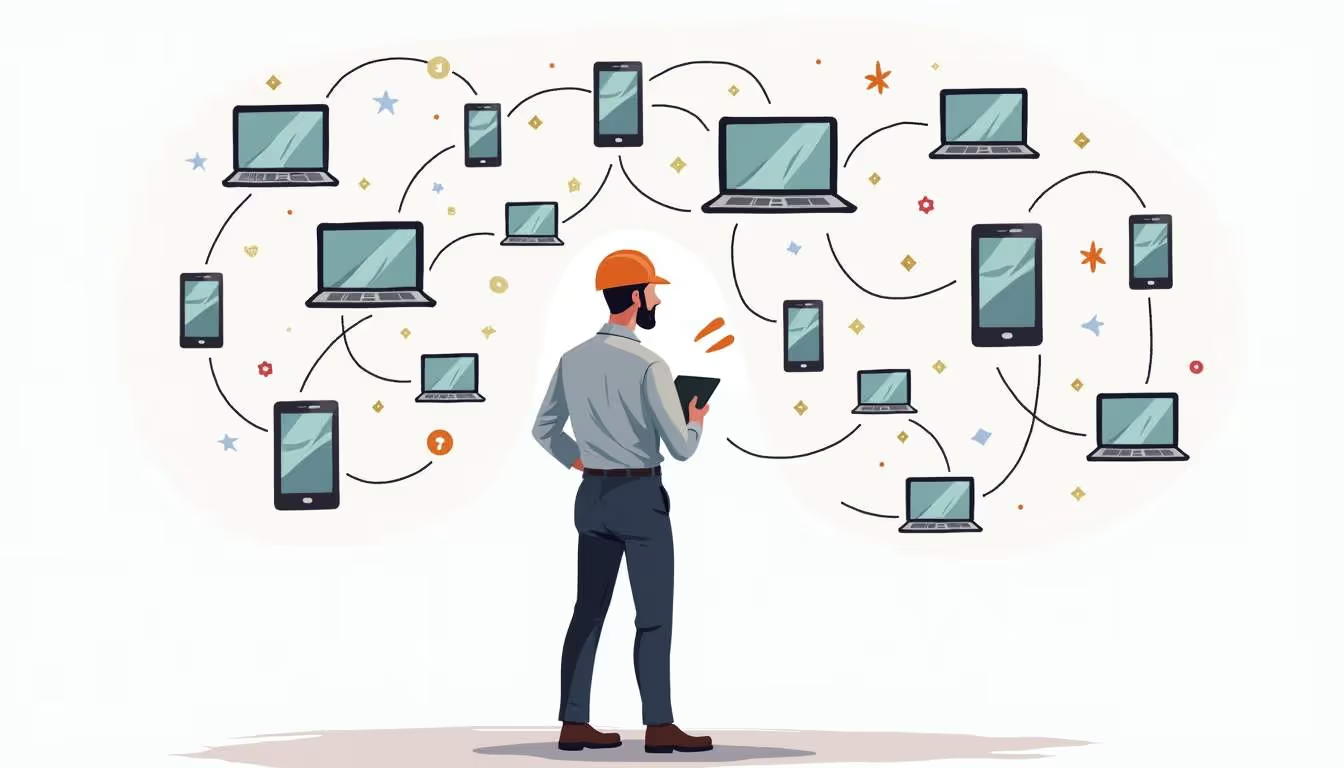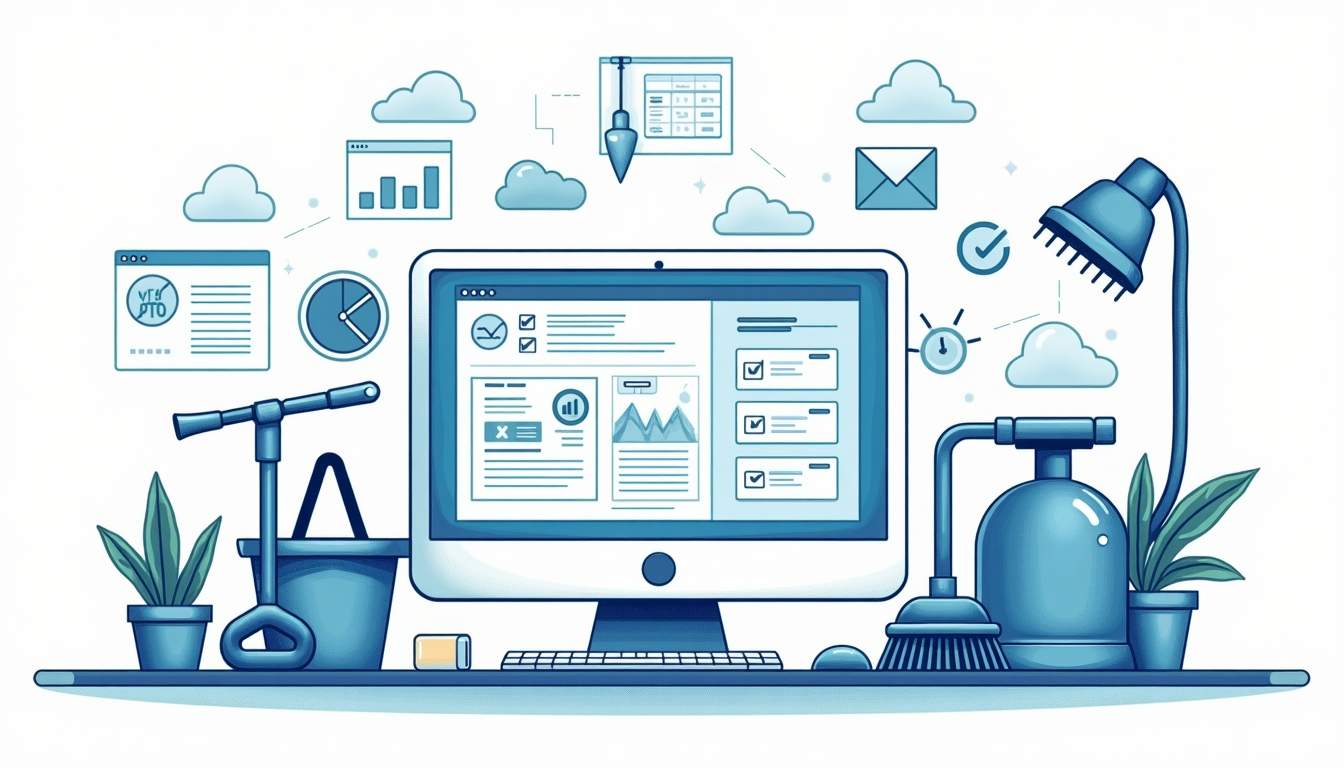Enhancing Customer Communication for Technicians: Best Practices and Strategies
In today’s fast-evolving service landscape, technicians are no longer just problem solvers behind the scenes—they are critical touchpoints for customer experience. Effective communication between technicians and customers can significantly influence satisfaction, loyalty, and overall service success. This article explores best practices and strategies to enhance communication for technicians, leveraging data-driven insights and emerging technologies to meet modern customer expectations.
Understanding the Importance of Effective Communication in Technical Service
Technicians often represent the face of a company during service interactions. Their ability to communicate clearly, empathetically, and efficiently can transform a routine service call into a memorable customer experience. According to industry research, businesses that focus on data-driven communication methods report increased customer satisfaction, with 73% noting positive outcomes from these approaches.
Moreover, customer preferences are shifting towards digital and instant communication channels. For example, 65% of industrial clients now prefer digital communication for support, highlighting the need for technicians to be adept at using these platforms to engage customers effectively. This shift not only emphasizes the importance of being tech-savvy but also necessitates a nuanced understanding of how to convey complex information in a digestible format across various digital mediums, from emails to chatbots.
Why Communication Skills Matter for Technicians
Technicians must balance technical expertise with interpersonal skills. Clear explanations of issues, transparent timelines, and proactive updates help reduce customer anxiety and build trust. When technicians listen actively and respond thoughtfully, they not only solve problems but also foster long-term relationships. This relationship-building aspect is crucial, as repeat customers are often more profitable than new ones, and a technician's ability to connect can significantly influence customer loyalty.
Active listening techniques, such as feedback loops, have been shown to increase audience retention by 38% in team meetings, a principle that translates well into customer interactions. By confirming understanding and inviting customer input, technicians can ensure that service delivery aligns with expectations. Additionally, employing empathy in communication can further enhance the customer experience; acknowledging a customer's frustrations and validating their feelings can turn a potentially negative encounter into a positive one. This emotional intelligence not only aids in resolving immediate issues but also lays the groundwork for a supportive and responsive service culture that customers will remember and appreciate.
Leveraging AI and Digital Tools to Enhance Communication
The integration of AI technologies is rapidly transforming customer service, including technician-customer communication. A recent Deloitte study reveals that 76% of customer service leaders plan to increase investments in AI over the next few years. This trend reflects the growing recognition that AI can augment human communication by automating routine tasks, providing real-time information, and enabling personalized interactions.
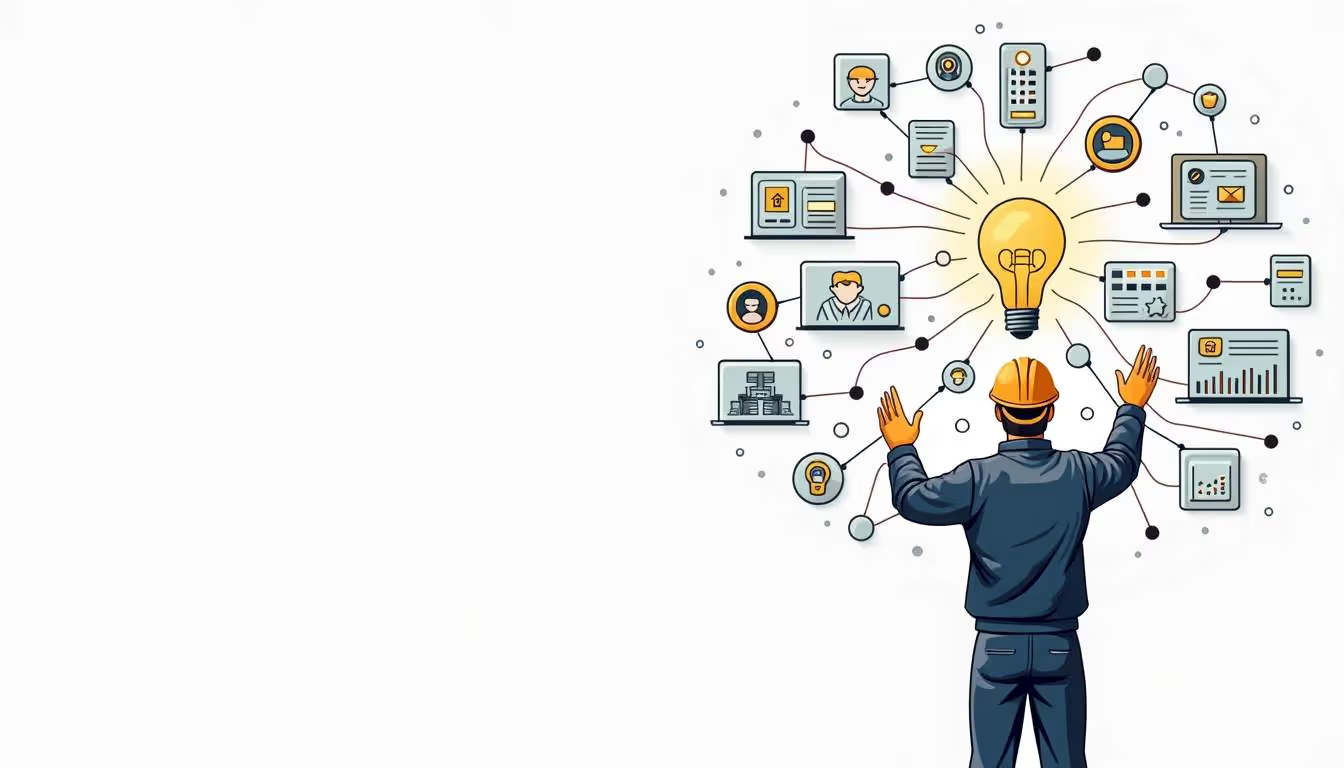
AI-Driven Communication Platforms
Modern service platforms equipped with AI can assist technicians by suggesting optimal responses, scheduling follow-ups, and analyzing customer sentiment. These tools help maintain consistent, timely communication, reducing the risk of miscommunication or delays.
For instance, chatbots and virtual assistants can handle initial inquiries or provide status updates, freeing technicians to focus on complex tasks. When combined with human oversight, this hybrid approach ensures customers receive accurate and empathetic communication throughout the service journey. Furthermore, AI can analyze previous interactions to tailor responses that resonate with individual customers, enhancing the overall experience and fostering loyalty.
Digital Channels: Meeting Customers Where They Are
With a majority of clients preferring digital channels, technicians must be comfortable using email, SMS, messaging apps, and customer portals. These channels offer convenience and immediacy, allowing customers to receive updates and ask questions without waiting on hold or scheduling calls.
Adopting a multichannel communication strategy ensures accessibility and responsiveness. It also enables technicians to document interactions, creating a valuable record for future reference and continuous improvement. Moreover, the ability to track customer interactions across various platforms allows for a more holistic view of the customer journey, enabling technicians to anticipate needs and proactively address concerns. This not only enhances customer satisfaction but also empowers technicians with insights that can drive service innovation and efficiency.
Additionally, integrating customer feedback through these digital channels can provide invaluable insights into service performance. By actively soliciting and analyzing feedback, organizations can identify areas for improvement, ensuring that their communication strategies evolve in line with customer expectations. This proactive approach not only enhances the technician's ability to serve but also builds a culture of continuous improvement within the organization, ultimately leading to higher customer retention and satisfaction rates.
Best Practices for Technicians to Communicate Effectively
Successful communication is both an art and a science. The following best practices can help technicians enhance their interactions and deliver superior customer experiences.
1. Know Your Customer and Your Strengths
Kevin Stirtz, a customer experience expert, emphasizes the importance of understanding what customers want most and aligning that with what your company does best. For technicians, this means tailoring communication to address specific customer needs while showcasing the company’s expertise and reliability.
Before engaging, technicians should gather relevant information about the customer’s history, preferences, and previous issues. This preparation allows for personalized conversations that resonate and build rapport. Additionally, technicians can leverage customer relationship management (CRM) tools to track interactions and preferences, ensuring that every conversation is informed and relevant. By understanding the nuances of each customer’s journey, technicians can provide not just solutions, but also a sense of care and attentiveness that enhances the overall service experience.
2. Use Clear and Simple Language
Technical jargon can confuse or alienate customers. Technicians should strive to explain problems and solutions in straightforward terms, ensuring customers fully understand the situation. Visual aids, analogies, or step-by-step explanations can be particularly helpful.
Clear communication also involves setting realistic expectations regarding timelines, costs, and potential outcomes. Transparency fosters trust and reduces frustration. Moreover, technicians can benefit from practicing their explanations with colleagues or through role-playing scenarios to refine their ability to convey complex information simply. This practice not only boosts confidence but also prepares technicians to handle a variety of customer questions and concerns effectively.
3. Practice Active Listening and Empathy
Listening attentively to customer concerns and acknowledging their feelings is crucial. Active listening techniques, such as paraphrasing and asking clarifying questions, demonstrate that technicians value the customer’s input.
Empathy helps technicians connect on a human level, which can ease tension and create a collaborative atmosphere. Remember, stories are just data with a soul—a powerful reminder that behind every service request is a person seeking help. By sharing relatable experiences or expressing understanding of the customer’s frustrations, technicians can foster a deeper connection, making the customer feel heard and valued. This emotional engagement can significantly enhance customer loyalty and satisfaction.
4. Provide Timely and Consistent Updates
Customers appreciate being kept in the loop. Whether it’s a delay in parts delivery or a change in appointment time, proactive communication prevents surprises and builds confidence in the service process.
Technicians should leverage digital tools to send automated notifications and follow up personally when necessary. Consistency in messaging helps reinforce professionalism and reliability. Furthermore, establishing a routine for updates—such as a scheduled check-in after service completion—can create a structured communication flow that customers come to expect. This not only keeps customers informed but also opens the door for further inquiries or concerns, enhancing the overall service relationship.
5. Solicit and Act on Feedback
Encouraging customers to share their experiences provides valuable insights for continuous improvement. Tools like Net Promoter Score (NPS) surveys can quantify satisfaction and identify areas for enhancement.
Studies have shown that social network metrics correlate with client satisfaction, suggesting that monitoring online feedback and engagement can also inform communication strategies. Additionally, creating a feedback loop where technicians can share insights gained from customer interactions back to management can lead to better training and improved service protocols. This collaborative approach not only empowers technicians but also ensures that the entire organization is aligned in its commitment to customer satisfaction, fostering a culture of continuous improvement and responsiveness.
Training and Supporting Technicians for Communication Excellence
Investing in communication training is essential for empowering technicians to excel in customer interactions. Role-playing scenarios, workshops on emotional intelligence, and coaching on digital tools can enhance skills and confidence.
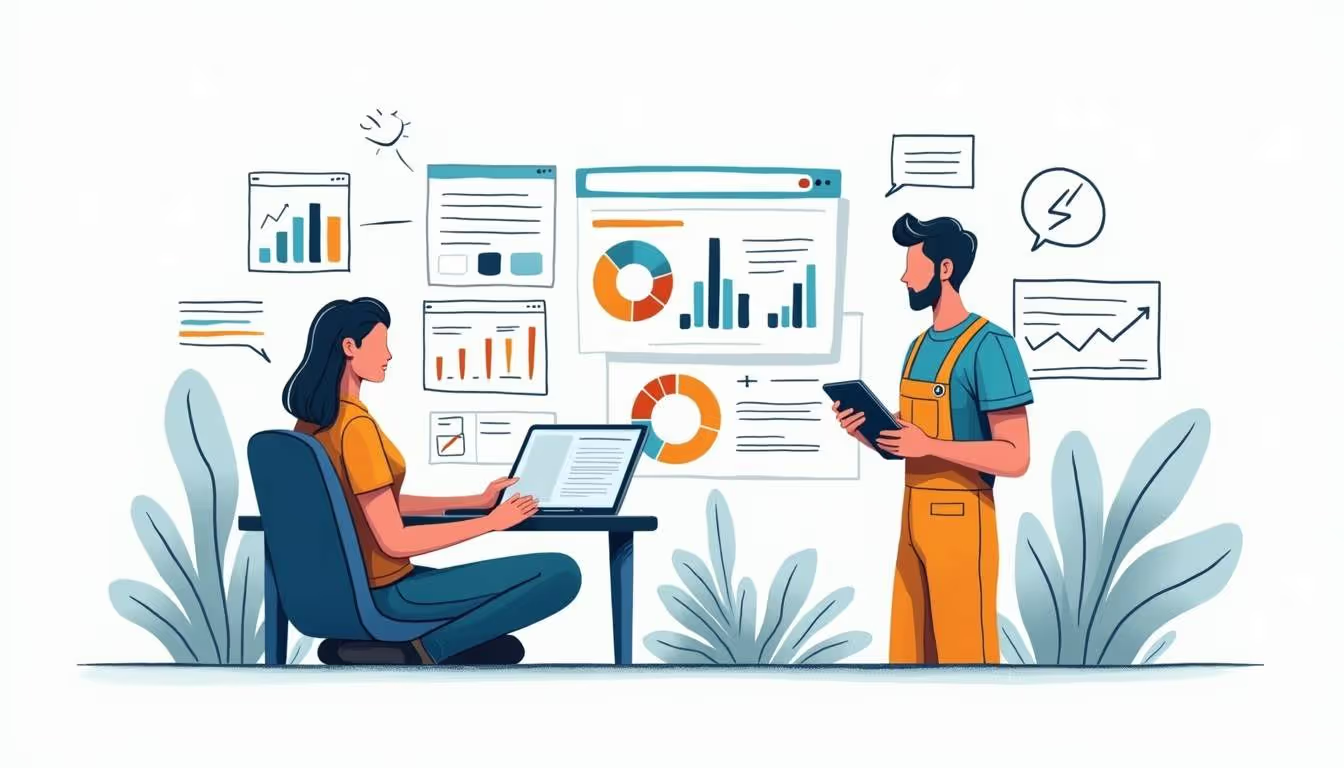
Furthermore, organizations should foster a culture that values communication as a core competency. Recognizing and rewarding technicians who demonstrate exceptional communication reinforces its importance and motivates ongoing development.
Integrating Communication into Service Software Platforms
Leading service management platforms now incorporate communication modules designed specifically for technicians. These systems provide centralized access to customer information, communication templates, and AI-driven guidance, streamlining the interaction process.
By embedding communication best practices into software workflows, companies can ensure consistency and quality across all technician-customer touchpoints.
Looking Ahead: The Future of Technician-Customer Communication
The future promises even greater integration of AI, data analytics, and personalized communication in technical service. As investments in AI technologies continue to rise, technicians will have more sophisticated tools to anticipate customer needs and deliver proactive service.
At the same time, the human element remains irreplaceable. Technicians who combine technical expertise with empathy, clarity, and active listening will continue to stand out in a competitive market.
Ultimately, enhancing customer communication is not just about technology—it’s about building trust, understanding, and lasting relationships that drive business success.
Conclusion
Effective communication is a cornerstone of exceptional technical service. By understanding customer preferences, leveraging AI and digital tools, and adopting best practices such as active listening and clear language, technicians can significantly enhance the customer experience.
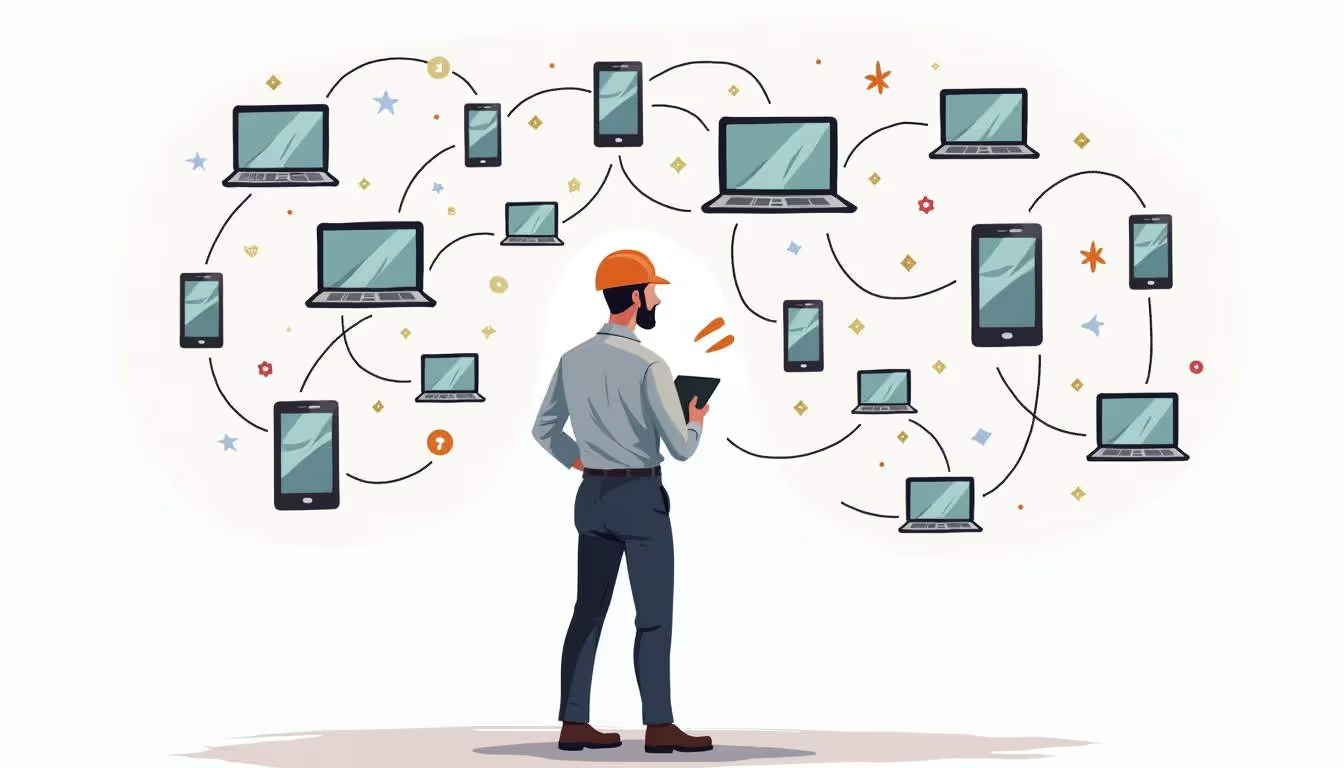
Organizations that prioritize communication training and integrate these strategies into their service platforms will be well-positioned to meet evolving customer expectations and foster loyalty in an increasingly digital world.
Investing in communication excellence today lays the foundation for stronger customer relationships and sustainable growth tomorrow.

